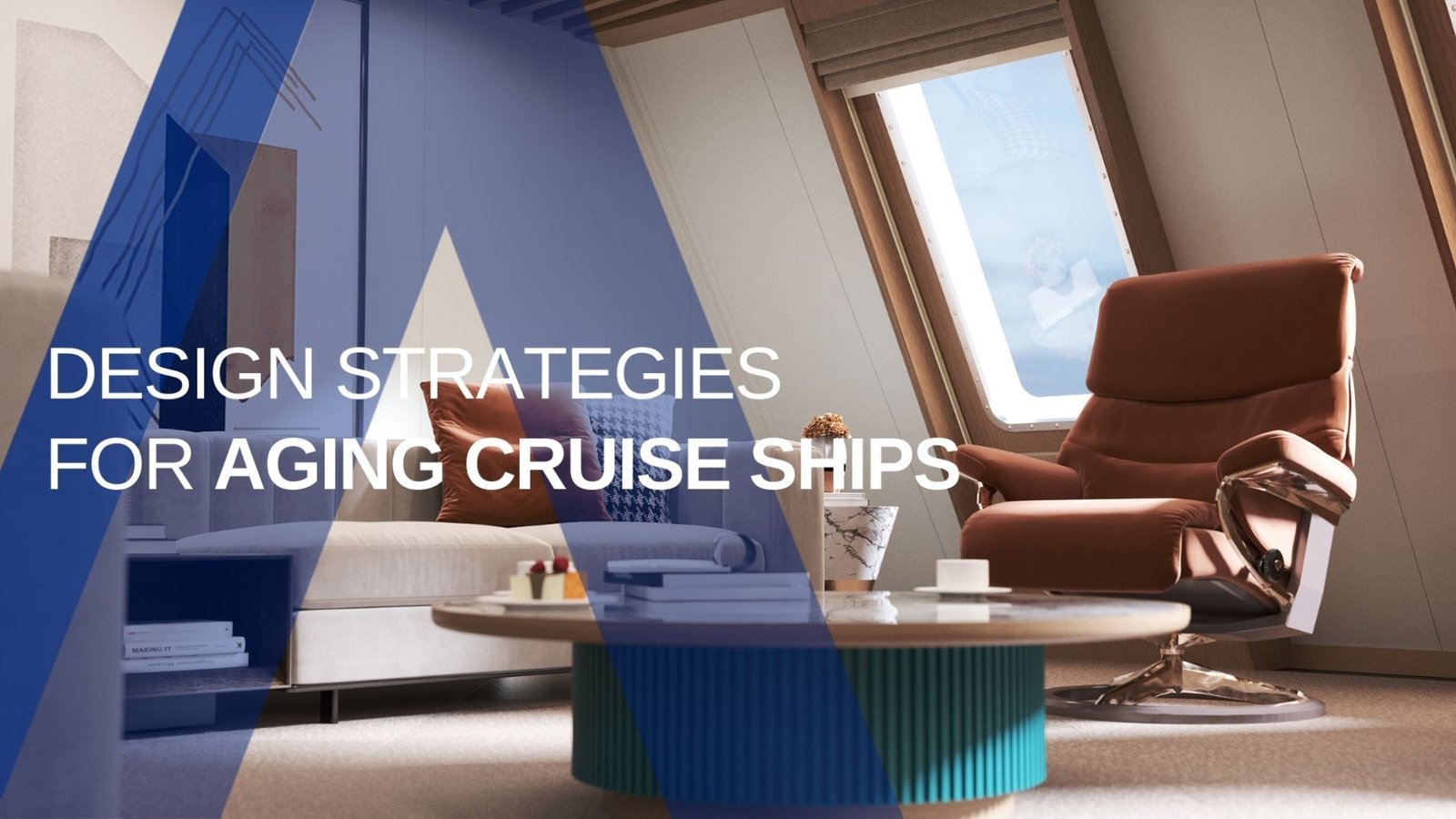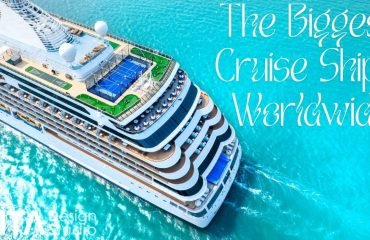The Importance of Modernizing Aging Cruise Ships
Aging cruise ships face challenges such as rising operational costs, evolving environmental regulations, and shifting passenger expectations. Modernizing legacy fleets is not just about aesthetics—it’s a strategic necessity to remain competitive. Older vessels often lag in fuel efficiency, safety standards, and onboard amenities, putting them at a disadvantage against newer, eco-friendly ships. By investing in modernization, cruise operators can extend the lifespan of their assets, reduce environmental impact, and align with modern luxury and sustainability trends. This section explores the economic, environmental, and reputational drivers behind fleet modernization.
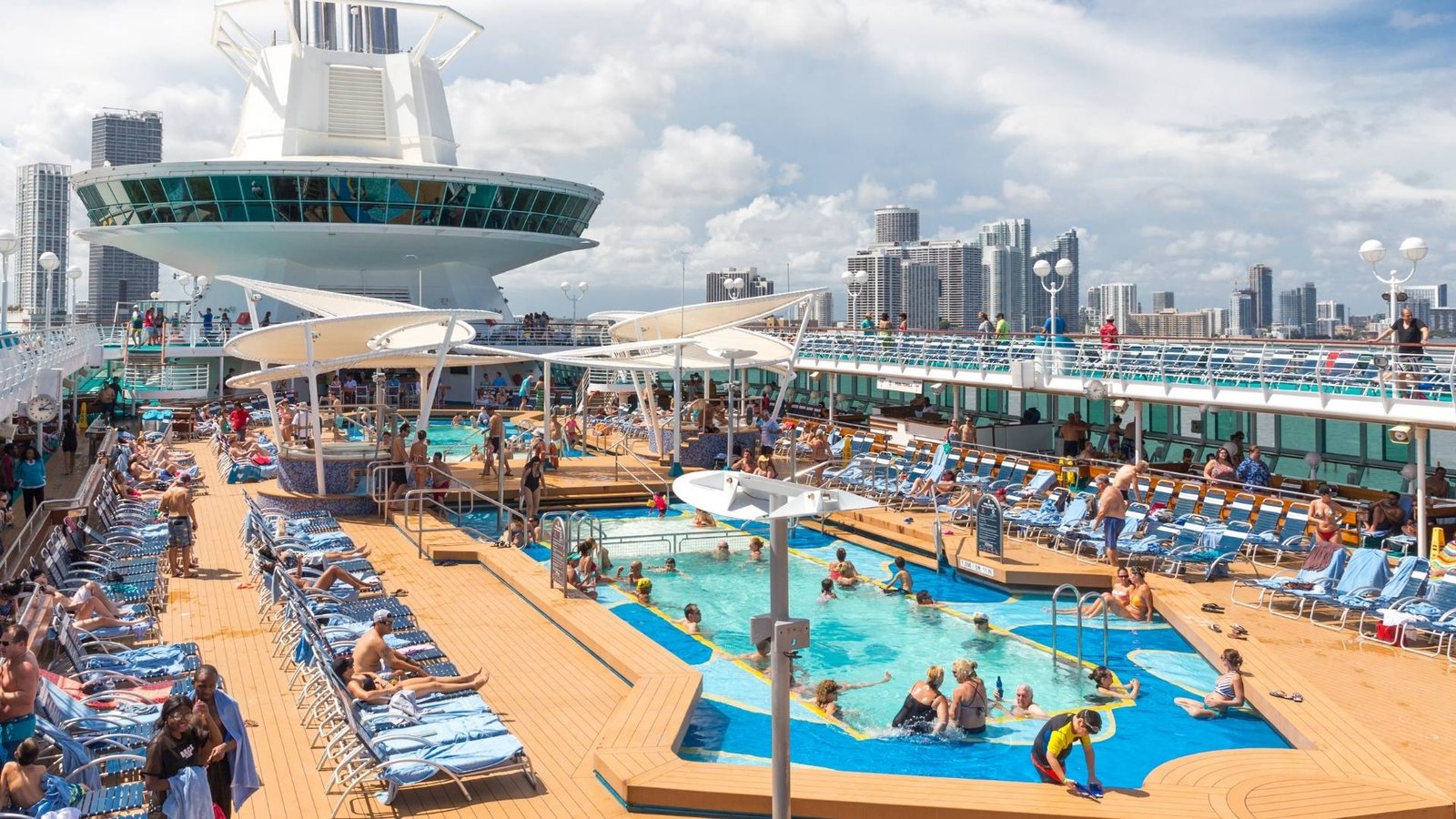
Retrofitting for Sustainability: Eco-Friendly Upgrades
One of the most critical aspects of modernizing aging cruise ships is retrofitting them with sustainable technologies. Key strategies include:
Engine Overhauls: Replacing outdated diesel engines with LNG-powered or hybrid systems to cut emissions.
Hull Coatings: Applying low-friction, anti-fouling coatings to improve hydrodynamics and reduce fuel consumption.
Waste Management Systems: Installing advanced wastewater treatment and recycling facilities to meet MARPOL Annex IV standards.
Energy Efficiency: Integrating LED lighting, smart HVAC systems, and solar panels to minimize energy use.
These upgrades not only reduce a ship’s carbon footprint but also align with global sustainability goals like the IMO’s 2050 emissions targets.

Enhancing Passenger Experience Through Design Innovation
Modern travelers demand cutting-edge amenities and personalized experiences. To attract new demographics, aging ships require interior redesigns and tech-driven upgrades:
Cabin Reconfiguration: Converting cramped rooms into marine modular suites with smart home technology.
Public Space Revitalization: Adding co-working spaces, wellness centers, and rooftop terraces to match lifestyle trends.
Digital Integration: Implementing IoT-enabled services (e.g., app-based concierge, RFID keycards) and high-speed Wi-Fi.
Entertainment Upgrades: Installing augmented reality (AR) experiences, immersive theaters, and pop-up dining concepts.
By prioritizing flexibility and innovation, legacy ships can compete with newer vessels in delivering unforgettable guest experiences.

Aging fleets must comply with stringent international regulations, such as SOLAS safety standards and the EU’s Ship Recycling Regulation. Key compliance-focused upgrades include:
Safety Systems: Retrofitting advanced fire suppression systems, lifeboat davits, and emergency communication tools.
Ballast Water Treatment: Installing systems to prevent invasive species transfer, as mandated by the Ballast Water Management Convention.
Emission Controls: Adding scrubbers or selective catalytic reduction (SCR) systems to meet sulfur cap requirements.
Proactive compliance avoids costly penalties and ensures ships remain operational in regulated waters like the Baltic Sea or Caribbean ECAs.
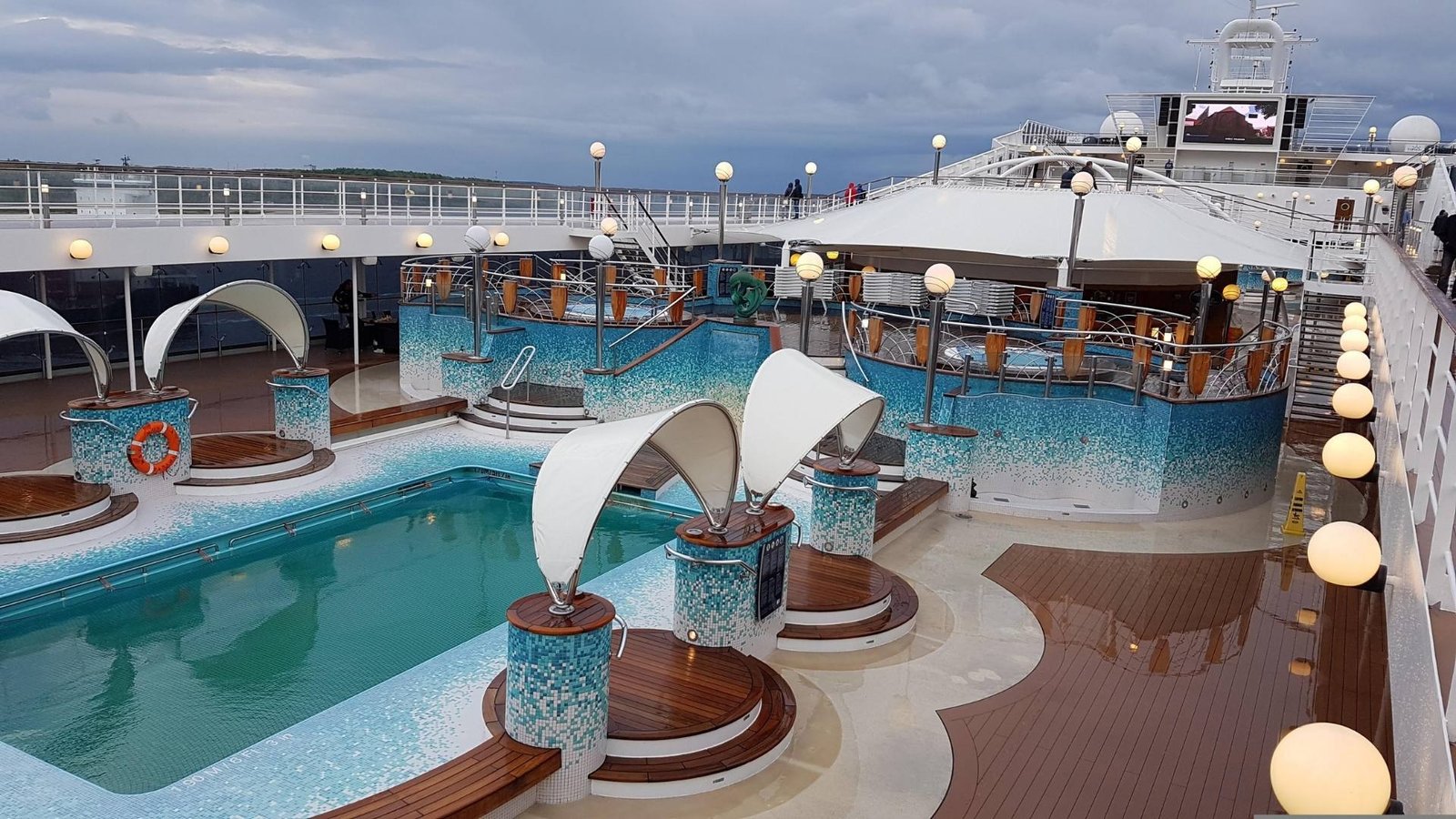
Cost-Effective Strategies for Fleet Modernization
Modernization doesn’t always require a full rebuild. Cost-effective approaches include:
Phased Renovations: Prioritizing high-impact areas (e.g., propulsion systems, public decks) over time to manage budgets.
Modular Design: Using prefabricated cabin modules or interchangeable entertainment venues to minimize downtime.
Partnerships: Collaborating with naval architects and green tech firms to share R&D costs.
Asset Repurposing: Converting older ships into niche markets (e.g., expedition cruises, floating hotels) to extend revenue streams.
This section provides actionable insights for balancing financial constraints with transformational outcomes.
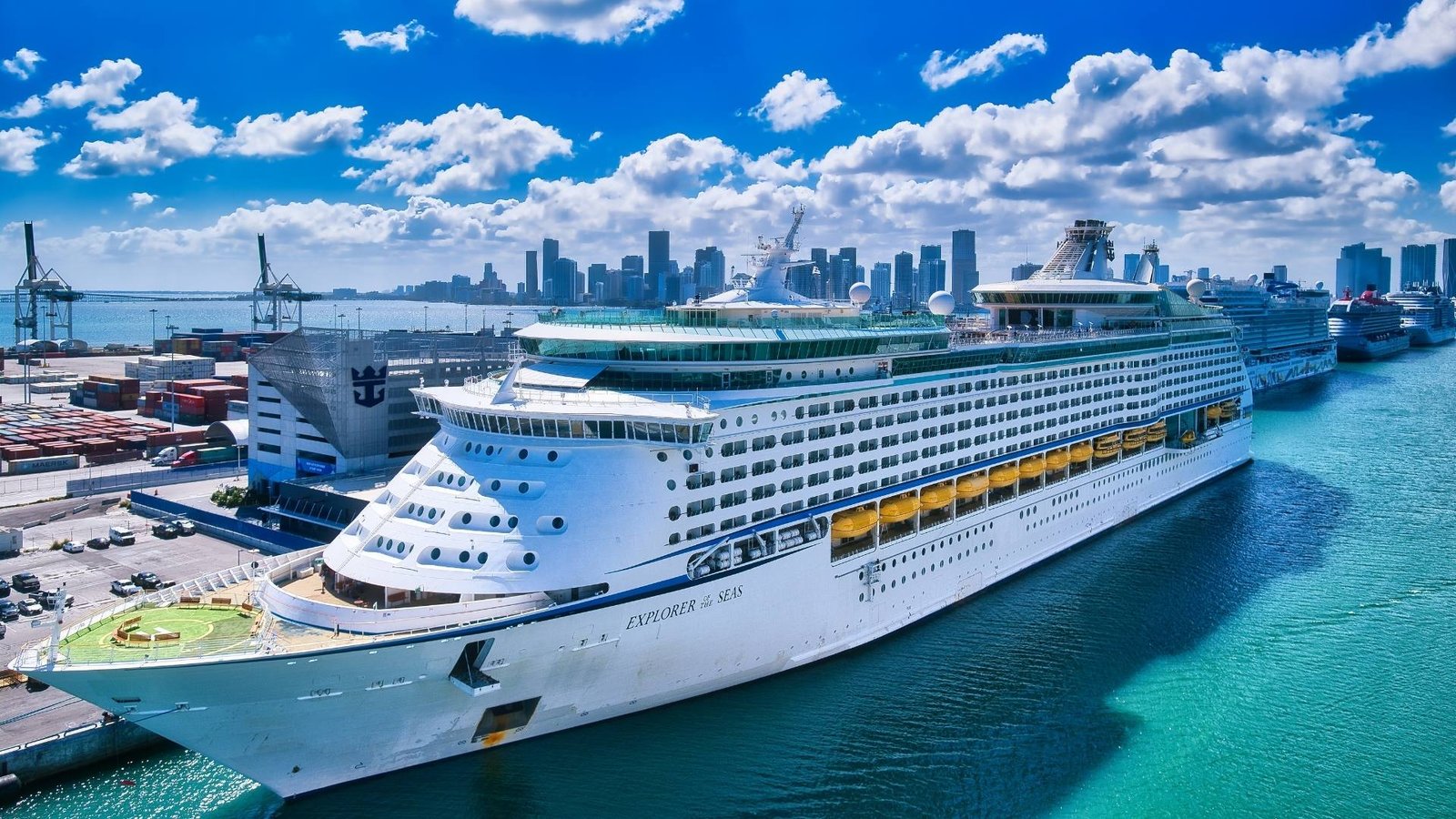
Case Studies: Successful Legacy Fleet Transformations
Real-world examples illustrate the potential of modernization:
Carnival’s “Fun Ship 2.0” Program: Overhauled 1980s-era ships with Guy Fieri restaurants, SkyRide attractions, and Havana-themed bars, boosting bookings by 20%.
Royal Caribbean’s Amplified Fleet: Upgraded Voyager-class ships with robotic bartenders, surf simulators, and virtual balconies to rival newer Quantum-class vessels.
Hurtigruten’s Hybrid Retrofits: Converted MS Roald Amundsen into a hybrid-powered expedition ship, cutting emissions by 20% and appealing to eco-conscious travelers.
These cases highlight how creativity and strategic investment can breathe new life into aging fleets.
Overview

CITA Design offers brand-new functional designs for you. Our design studio specializes in nautical interiors and continues to provide world-class design services to clients worldwide.
Our consultancy encompasses interior design, branding and art consultancy, blending a variety of disciplines to create a cohesive design concept focused on telling a compelling story that transforms spaces such as bars, restaurants, spas and gyms.
We cater to a variety of industries including marine, and hospitality, aiming to meet the changing needs of our customers.
Our work is characterized by a consistent theme of professionalism and on-time delivery that delivers exceptional results across all our projects.
